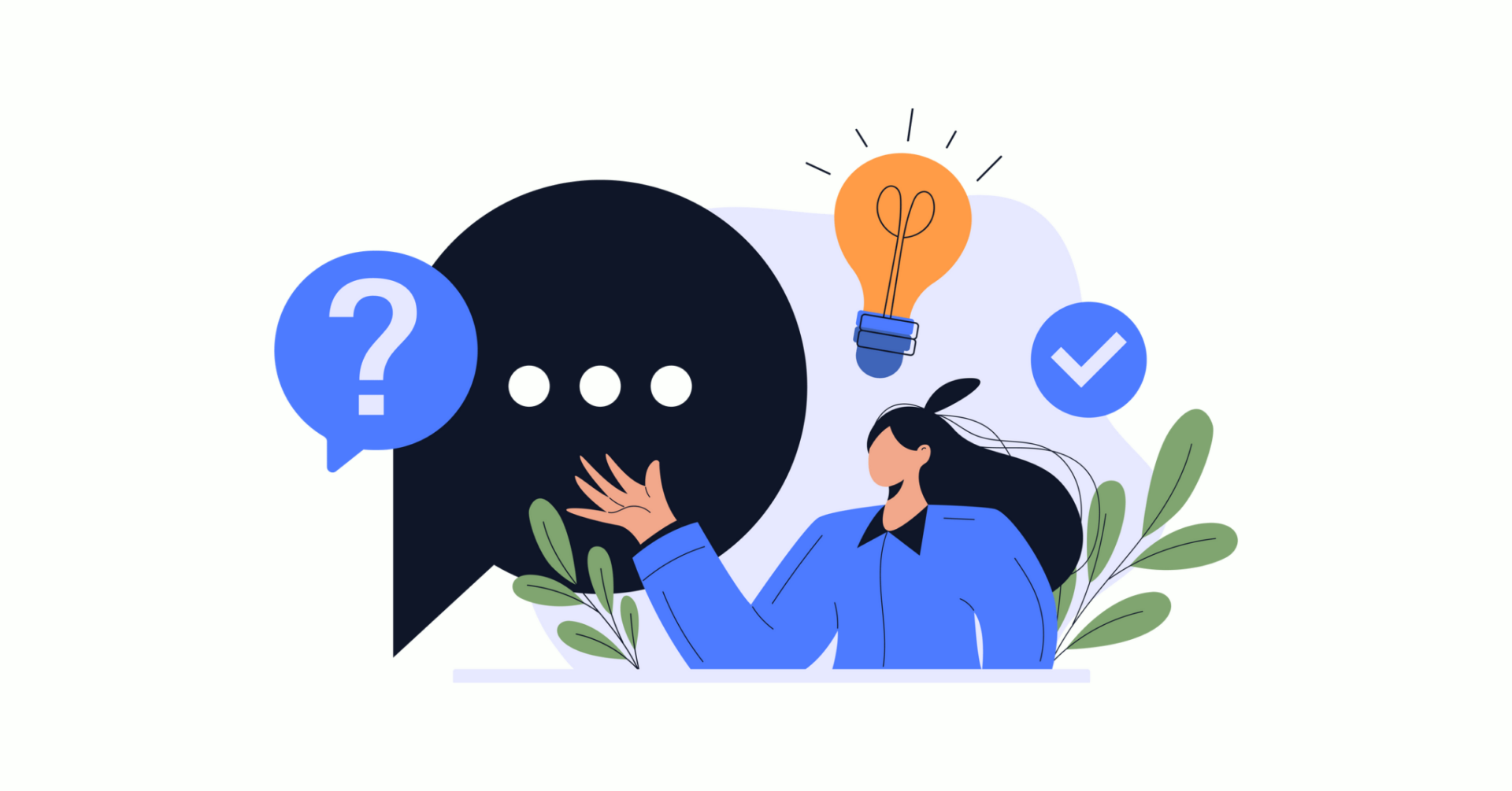FAQ on Phase-by-Phase: Unbundling MnDOT’s Winning Virtual Public Engagement Strategy

For our April webinar, we were thrilled to be joined by the experts behind the Minnesota Department of Transportation’s successful public engagement project. Stephanie Castellanos, Public Engagement Officer from MnDOT and Hannah Johnson, Professional Transportation Planner, Alliant Engineering, share insights from their Hwy 25 – Buffalo to Monticello Corridor Study and guide us step-by-step through their public involvement process.
The on-demand session recording of Phase-by-Phase: Unbundling MnDOT’s Winning Virtual Public Engagement Strategy is available now (for free!) if you want to learn the specific tools and techniques they utilized to develop their public engagement plan, which raised barriers to participation and reached a diverse audience. Dave Biggs, our Chief Engagement Officer here at MetroQuest, facilitates the event and also shares his top 10 takeaways you can use for your next public engagement project!
Scroll below for an inside scoop on the live Q&A session where they answer the top questions from the audience….
Stephanie: Yeah, I’ll take a stab at that, Dave. I’ve been thinking about this myself as we move forward into this hybrid world. And like I said, it was really by luck that we had MetroQuest ready to roll when we didn’t know the pandemic was coming. I mean, I can’t imagine how we would have done this Corridor Study without all the online tools that we had and everything.
But going forward, I do see the value in hybrid. I’m working on a Corridor Study right now. I think especially with agency and community partners, it’s important to have that face-to-face so you can talk and roll out the maps and put, you know, Post-it notes on it and everything, but I will say the quantity of feedback that you can get virtually is amazing when you look at broad demographics and how you really are to reach people and take those 5 minutes of their time, that’s invaluable.
We never have hundreds and hundreds of people so far that really come to in-person events. But then we had thousands of people that responded to virtual means of interacting with us. I see the value in both, but I really don’t foresee going forward without having some virtual aspect.
Hannah: I just really want to highlight how I think they are both really important. As Stephanie mentioned, you get a lot of people responding online and and it’s a really good way to reach people who either can’t or don’t want to come to in-person events. But in-person is still really important. And I just had an open house on a different project last week that like 150 people came to.
And some people stayed for an hour and talked with the project team and just really being able to have those live two-way conversations and pointing at maps, that’s really important and I don’t think that’s going to go away.
Stephanie: Yeah, that’s one thing I wanted to say. I’m looking forward to getting your transportation equity information, Dave. That’s something we always keep in mind. And I think for us, when we sent out the Facebook ads that were to all of the area within the corridor and then also saw that wide demographic as far as age and other things that we looked at, where people lived, etc., we felt that we did touch base with pretty much all of the groups within the corridor.
And, you know, that’s something that we talked about at the beginning, too. We always want to be looking at when there’s opportunities to specialize. We have had other studies where we’ve had more underserved populations that we’ve done special outreach for. And, you know, had special community meetings and postcards in other languages and web pages, things like that. So we definitely are always looking at that.
Hannah: As a part of our business and other stakeholder engagement, we did have some one-on-one conversations with key areas like a hospital on the southern end of the corridor. So talking about how people who visit the hospital use the roadway. And then there is also a mobile home park on the northern end of the corridor. We really wanted to make sure that we were sending mailings to those locations and making sure we heard from them, too.

Check out The Planner’s Guide to Equity in Public Engagement eBook! Our largest peer-to-peer collaborative effort yet, learn the best methods to implementing public engagement that is diverse, inclusive and equitable.
Stephanie: I’ve done multiple surveys now with MetroQuest. Usually people answer, I would say over the majority of people do answer those questions, even though we clearly state that it’s, you know, confidential and voluntary. So, yeah, we’ve always gotten pretty good feedback on those questions. So that’s really important for Title six and other reporting. And then overall, looking at the success of our outreach.
Dave: I mean, there’s so much that you can tell from zip code. Zip code is because specifically when you’re when you’re talking about infrastructure or you’re talking about access, you’re talking about people’s transportation habits.
And so where people live, where people work, it’s so important to that regardless of their their age or their, you know, their race, these things are are less relevant than where do you live and where do you need to get to? And do we have the infrastructure to support what you need to do?
Dave: Do you think that the broader age distribution was a reflection of the fact that the survey was online?
This is such an interesting question because five years ago nobody would ask this question because everybody just assumed that the people that were online are all young. And now we’re saying it was the broad age distribution was because it was online. It’s just such a sign of the times.
Maybe you could make comments between the kind of demographics that you see in your face-to-face compared to the online? And to what extent do you think that the age distribution was how you were engaging?
Stephanie: Just typically, when we have face-to-face, it’s folks that work and then a lot of people who are elderly just because they have the time, it’s always exciting when we see a younger group at a face-to fac- meeting. But online when we first started doing some stuff, we had concerns about reaching the older or middle-aged audience, and that was really highly represented.
So we’re glad to see that people are sharing things within the community, talking about it and getting other people. I know that some of our Facebook page or the ad that we had was shared with people within the community. So they were telling word Facebook of so other people could get involved.
Hannah: I think, you know, we’ve been learning a lot of lessons in the last couple of years. And I think one question that was missing that I have been including or we’ve been including more often is income related questions as well. So, yeah, that isn’t something we saw. But based on the locations, we do believe that we reached a representative group.
Our Phase-by-Phase: Unbundling MnDOT’s Winning Public Engagement Strategy webinar is available on-demand!
